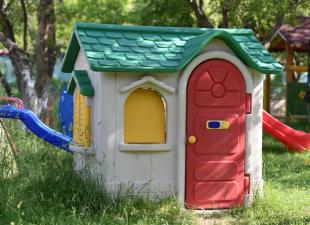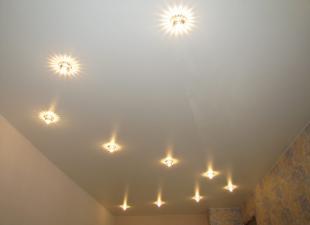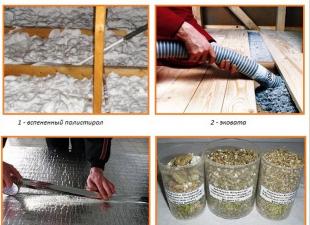In a living room, the optimum humidity is 60%. A decrease in air humidity is allowed in the summer months up to 45%. According to experts, it is easy to measure the level of humidity in the house using a special device - a hygrometer.
Excessive humidity in the room must be dealt with, since it not only provokes the appearance of condensation on the window panes, but also creates a beneficial environment for the multiplication of fungal spores, mold, and pathogenic microbes.
The development of molds indoors has a detrimental effect on the human body, their spores can cause allergic reactions, headaches, shortness of breath, cough, skin inflammation, itching. Some types of fungi are carcinogenic and increase the risk of developing cancer.
If you are interested in the Canadian house price, then take care of the normalization of humidity in the home. Excessive moisture makes furniture, walls and ceilings unusable, and the shelf life of food products is significantly reduced.

How to reduce the humidity in your home
1. Steam builds up after cooking, showering or bathing, or hand washing, so it is important to ventilate these areas immediately to avoid excess moisture. Installing a hood is necessary if moisture comes from a shower stall or a gas stove with regular vapors.
2.
Drying clothes in the house is highly undesirable. It is better to do this outdoors or in a free room with a closed door and a window ajar.
3. To bring the humidity in the house back to normal, on sunny days, do not curtain the windows in damp rooms, let the sun's rays dry them out.
4. In dry hot summers and in frosty winter weather, the air outside is dry. To reduce humidity in the room, simple ventilation will help.

5.
There is a special device - a moisture absorber, which contains an absorbent substance that absorbs excess moisture from the air, like a sponge.
6. Plastic windows are a common cause of high humidity in a room. Hermetically sealed windows are a barrier for air exchange between the interior of the building and the street. To avoid this, when choosing PVC-profile windows, it is better to purchase frames with a built-in ventilation system.
7. Excess moisture in the room is removed by household heaters, hair dryers and candles, and indoor plants. Good ventilation is also a good help in dealing with high humidity.

8.
Air conditioning is an effective way to reduce indoor humidity. In addition to cooling or heating, their additional functions are air purification and dehumidification.
9.
Defective plumbing increases the overall air humidity, so obsolete parts should be replaced or areas with leaks should be repaired.
10.
Wall decoration with natural building materials - wood and drywall helps to reduce humidity. Drywall has the ability to absorb excess moisture and accumulate it in itself, and, if necessary, evaporate. Thus, this building material is an excellent regulator of the microclimate in the house.
For a comfortable stay in a house, it is very important to create the right microclimate. To do this, you must adhere to the above rules and recommendations and choose high-quality equipment to create the necessary atmosphere for living.
Prepared by Mariana Chornovil
 parlini.ru Repair of an apartment, a summer residence and a house.
parlini.ru Repair of an apartment, a summer residence and a house.


